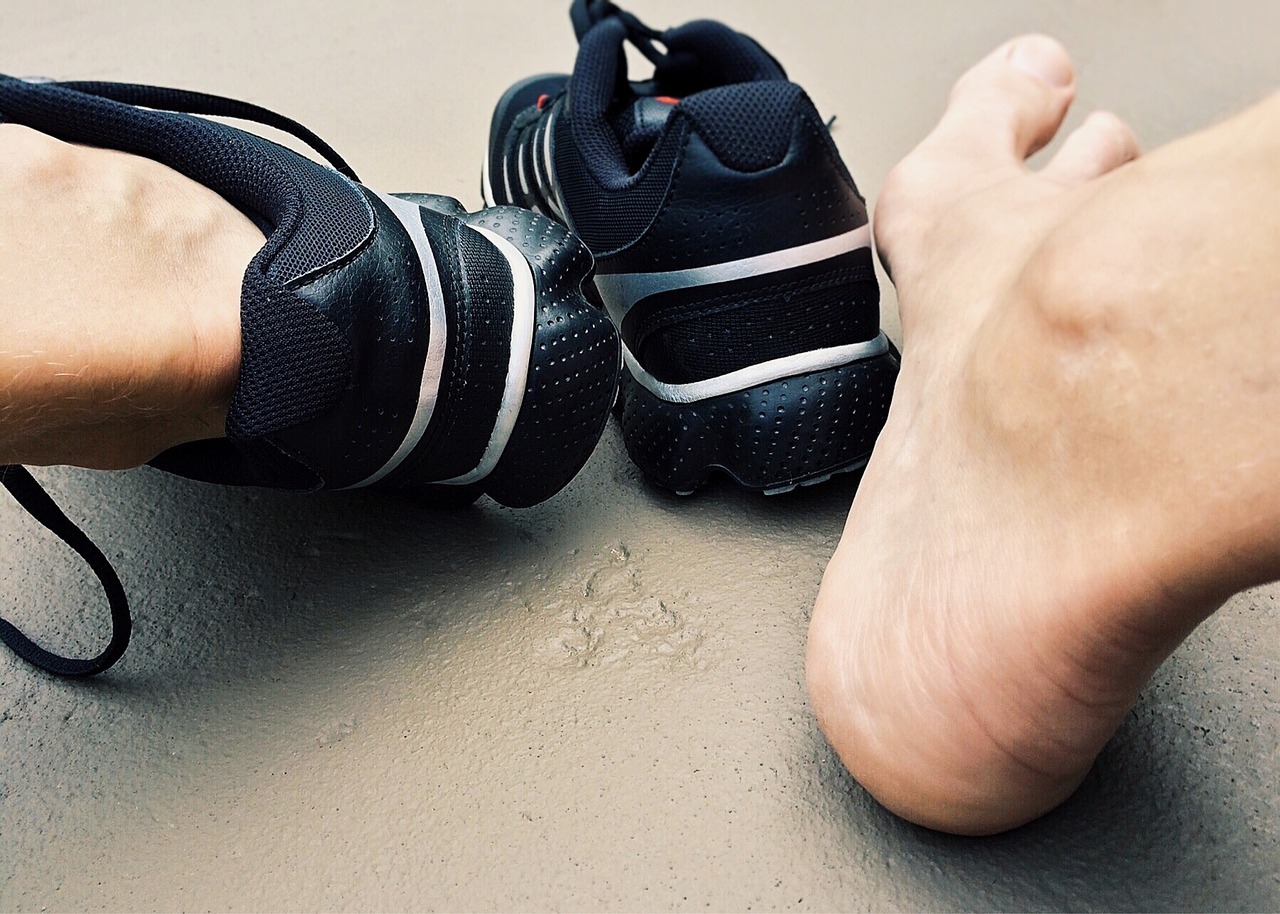Read about the interesting story of the rise and fall – and the gradual rise, again – of the sports shoe line LA Gear.
Known for its flashy, colorful shoes which were often embedded with studs and veneered with lamé fabric, LA Gear dominated the shoe market during the 1980s and the early 1990s.
Robert Greenberg was an enterprising man who came from Los Angeles, California. He was first a hairdresser and moved on to sell wigs and electric tweezers.
To respond to the skating craze (that was made popular through the film Xanadu), he bought a small place to start a roller skating rental business during the late 1970s. His business boomed, but it quickly fell as soon as the skating fad subsided. Greenberg then turned to sell shoelaces. After its success, he decided to branch out into women’s apparel. At first his store stocked ready-to-wear clothes and shoes made from other manufacturers, but eventually, Greenberg started to sell his own line of self-designed apparel and footwear as well. Thus, LA Gear came into existence in 1982.
LA Gear came out with its first pair of workout shoes for women, which were made of canvas. Thanks to Greenberg’s aggressive marketing approach targeting the female shoe buyers, in particular, the sales of LA Gear soared. In 1986 he took the company public.
Greenberg went on to diversify his products. LA Gear’s shoe designs reflected the shoe fashion and styles of the 1980s and the early 1990s – flashy, shiny, colorful and liberally embellished with studs.
In just eight years of existence since it opened in 1982, LA Gear’s fortunes multiplied. In 1990 alone the company’s sales skyrocketed to $818 million and were only third behind Reebok and Nike in terms of sales.
Encouraged by the success and popularity, LA Gear decided to vie with Nike and Reebok by manufacturing men’s athletic shoes, hoping to expand its market share. Another approach was to diversify its markets. Initially, the company’s original line of shoes was usually sold in upscale department stores such as Macy’s, but by the beginning of the 1990s, LA Gear was now selling its wares in other stores as well, making them more accessible to clients.
However, by 1991 LA Gear committed missteps that would cause the plummeting of its sales; worse, a case of pure bad luck eventually cost the company everything it had. LA Gear first signed retiring basketball star Kareem Abdul-Jabbar as its endorser. However, this marketing ploy didn’t click as Abdul-Jabbar was too old to be appealing to the younger generation of fans, who were supposed to be LA Gear’s target market.
On top of this, the company also signed Michael Jackson to endorse a new line of footwear. This move was supposed to accompany the release of Jackson’s Greatest Hits album. Unfortunately, the album was never released, and LA Gear suffered more losses; eventually, their sales plummeted to just half of the highest sales figures that the company had proudly declared just a few years back. In 1994, the company was forced to abandon their line of men’s sports footwear line and returned to marketing women’s apparel, trying to recover from their losses somehow. But this failed too.
Even Wal-Mart’s joint venture to sell lower-valued footwear in 1995 didn’t save LA Gear from their downward spiral. The company finally filed for bankruptcy in 1998.
As for Robert Greenberg, he had already resigned from LA Gear to form another shoe company, Skechers, which grew to be a successful global brand and it continues to be so up to this day.
Exploiting the bankruptcy protection, LA Gear attempted a few times to come back. The company’s licensing rights were sold to ACI International, which began to produce and market a line of LA Gear footwear for men and women as well as for children called LA Lites, in 2009.
The company also entered contracts with other firms, such as retailer Sportie LA, that will sell LA Gear’s merchandise. The company continues to revive many of its signature styles with a contemporary touch.
Only time will time if LA Gear might be able to bring back the glory it enjoyed way back then. Although it has struggled in the past and suffered the worst times, over the years LA Gear has survived and grown to be an iconic brand, a heritage brand – and the people behind the company are determined to keep it that way.

